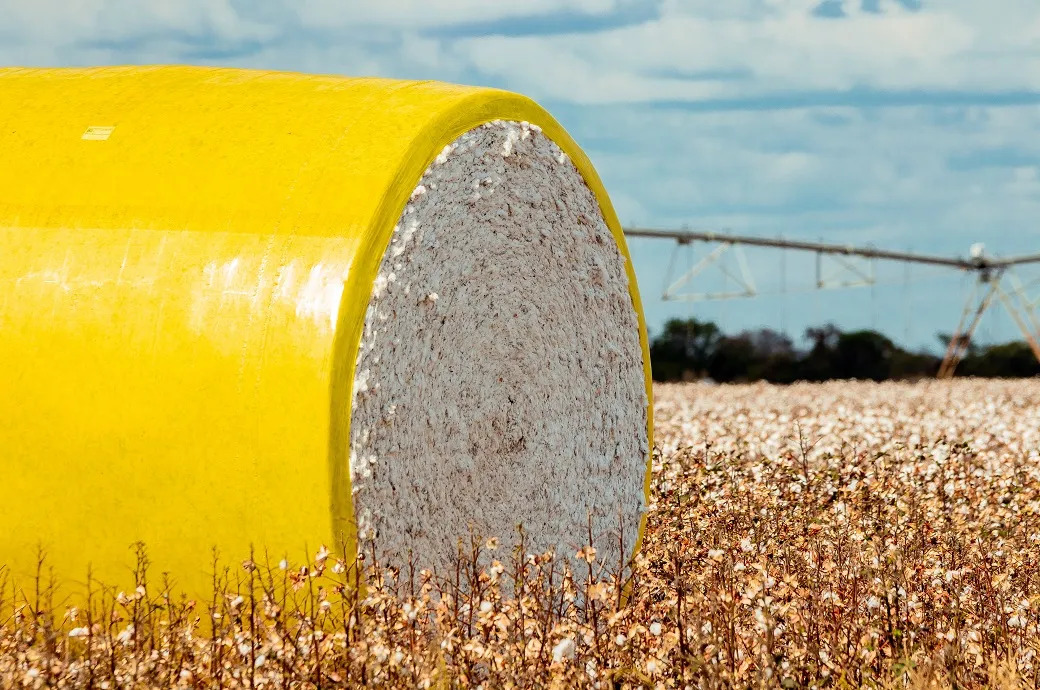Ethiopia’s textile exports have reached only 70 per cent of the target for the 2015-16 fiscal year. One reason is that companies have a strong focus on local market. Their managerial and technical capacities are not developed. Other reasons include power outage and fluctuations, shortage of manpower and high attrition, weak company linkages, investment project implementation delays and the like.
The country has a comparative advantage in cotton production. But due to El Nino, over 14,000 hectares of cotton plantation were damaged and replanted with other crops. However, a total of 65,000 hectares was reversed from sugar to cotton production. Though the textile sector has been growing significantly from time to time in terms of capacity, scale, production, employment and export, much remains to be done. And because of the practice of crop rotation, it is impossible for producers to plant cotton every year. If the land is covered with cotton this year, it has to be covered with another crop, say, sesame, the next year.
Five universities have launched textile programs to produce engineers for the sector. Industrial parks suitable for textile production have also been established. Besides formulating the appropriate policy framework, work is on to produce the manpower needed to develop the textile industry and exports. In addition, various institutions have been established to provide support to the sector.
Ethiopia takes steps to increase textiles exports
- 1
- 2
- 3
- 4
- 5
- 6
- 7
- 8
- 9
- 10
Viscose freed, industry revived as India’s raw material reforms trigger a new MM…
In a policy reversal that has given some relief across India’s textile ecosystem, the Ministry of Textiles has officially rescinded... Read more
Q3 Lyst Index reveals a turning point, Saint Laurent rises, Loewe slumps
In a fashion industry often driven by noise viral micro-trends, rapid-fire drops, and overstated marketing the third quarter of 2025... Read more
India Fashions a Greener Future: Global Fibre Summit spotlights $100 bn export g…
The world's largest fibre innovation congress, the Dornbirn Global Fibre Conference (GFC) Asia, made a landmark debut in Mumbai this... Read more
Techtextil India 2025: Mumbai kicks off 10th edition, focussing on sustainable a…
The premier trade fair for technical textiles, non-wovens, and composites, Techtextil India 2025, commenced today, November 19, 2025, at the... Read more
Fashion’s Next Playbook: Leaders at WWD summit push for radical transformation
On October 29 and 30, the marble halls of Cipriani South Street became the nerve center of a global fashion... Read more
Tariff turbulence spurs transformation in India’s textile value chain
When the US announced a sweeping 50 per cent tariff on Indian textile and apparel imports, the shockwaves reverberated across... Read more
A Punishing Paradox: Is Made in America unravelling the US textile industry?
The Make America Great Again (MAGA) is initiative aimed at breathing new life into US manufacturing, but its impact on... Read more
India's Textile Sector Sews Up Global Trade Alliances in Singapore: Focus on FTA…
The future of India’s textile and textile machinery sector is poised for exponential growth, driven by strategic international collaborations, notably... Read more
QCO rollback and export boost, the two-step formula powering India’s textile com…
November 12, 2025, could go down as a watershed date in India’s textile history. In a single day, the government... Read more
Cotton's Comeback: Brazil's blueprint for a natural fiber renaissance
The global textile industry operates on an assumption: natural fibers are nearing their ceiling of growth, with future demand almost... Read more












